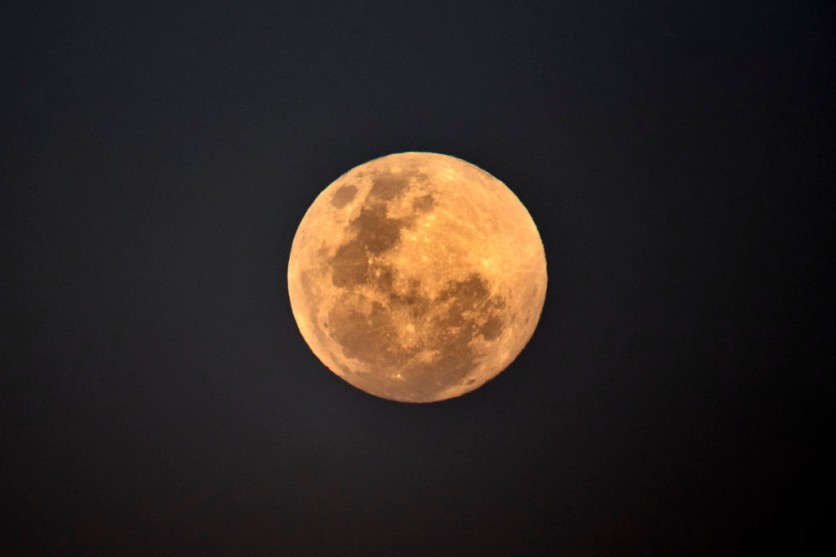A study recently published by scientists at the Institute of Geology and Geophysics (IGG), Chinese Academy of Sciences, suggests that water could be produced by solar winds (SW) on the Moon's surface.
Using samples from China's Chang'e-5 mission adds credence to the proof of water on the Moon's surface found in distant sensing data, as per a press release.

Hydrogen in Lunar Soils
The retention of hydrogen in lunar soils at various temperatures was simulated by the researchers. They discovered that the middle and high latitude portions of the moon's surface could effectively maintain SW-originated water.
According to Prof. LIN Yangting from IGG, the study's corresponding author, the polar lunar soils may contain more water than Chang'e-5 samples.
Previous research has demonstrated how latitude and time of day affect the amount of water on the lunar surface. Such a noticeable difference suggests a quick rate of desorption from the lunar surface, according to the study.
Chang'e-5 mission retrieved soil samples from a mid-latitude position (43.06°N), in comparison to the six Apollo and three Luna missions, which all touched down at low latitudes (8.97°S-26.13°N).
Additionally, the samples from the Chang'e-5 mission were taken from the driest basaltic basement and the youngest known lunar basalts.
Examining the Chang'e-5 samples is essential to comprehending the spatial-temporal distribution and retention of SW-derived water in the lunar regolith.
The scientists performed deuterium/hydrogen ratio calculations and NanoSIMS depth profiling measurements on 17 lunar soil grains recovered by the Chang'e-5 mission.
Read also : NASA Says Artemis 1 Moon Mission was a Complete Success After Initial Assessment - Ready for Crewed Landing?
SW Origin
The bulk of the grain rims (topmost 100 nm) had exceptionally low D values (-908 to -992) and high hydrogen contents (1,116-2,516 ppm), which suggested an SW origin.
The SW-derived water content was calculated to be 46 ppm, which is compatible with the remote sensing result based on the lunar soils' hydrogen content and distribution of grain sizes.
Heating tests on a portion of the grains showed that the hydrogen incorporated by the SW could be maintained following the burial.
Using this knowledge and prior studies, the researchers created a model of the dynamic equilibrium between the implantation and outgassing of SW-hydrogen in lunar soil grains, demonstrating that temperature is a crucial factor in the implantation and migration of hydrogen in the moon's soils.
They anticipated an even greater amount of hydrogen in the grain rims of the lunar poles with this model.
"This discovery is of great significance for the future utilization of water resources on the moon," Prof. LIN said in a statement.
"Also, through particle sorting and heating, it is relatively easy to exploit and use the water contained in the lunar soil."
The study was published in PNAS.
Related Article : China's Chang'e-5 Mission Moon Rock Sample Shows New Lunar Mineral-A Breakthrough in Mineralogy Research

ⓒ 2025 TECHTIMES.com All rights reserved. Do not reproduce without permission.




